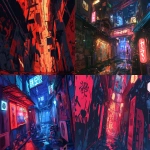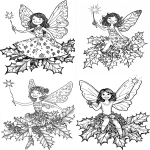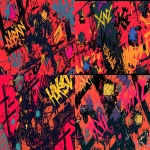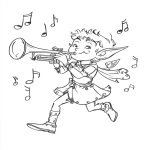Explore the Best AI Image Gallery

The intersection of wearable technology and creativity is a burgeoning frontier, one that promises to redefine how we create, experience, and interact with art.
Gone are the days when artistic expression was confined to canvases, sculptures, or musical instruments. Wearable tech, with its ability to sense, respond, and translate physical interactions into digital outputs, is empowering artists to push boundaries and explore uncharted territories.
- Fashion as Interactive Art: Imagine garments that react to your emotions, changing color or texture based on your mood. Wearable sensors can capture physiological data like heart rate and skin conductivity, translating these signals into mesmerizing visual displays woven into the fabric itself.
- Music Reimagined: Wearables are transforming music creation and performance. Conductors use gesture-controlled interfaces to orchestrate symphonies, while musicians can translate their movements into ethereal soundscapes. Imagine a world where every step you take could generate a unique musical composition.
- Immersive Storytelling: VR and AR headsets paired with haptic feedback gloves can transport audiences into fully interactive narratives. The story unfolds not just visually but also through touch, creating a multi-sensory experience that blurs the lines between reality and fiction.
- Body as Instrument: Dancers and performers can utilize wearables to amplify their movements, projecting light patterns, animations, or even virtual extensions of their bodies onto stage sets. This allows for unprecedented levels of physical expression and artistic collaboration between performer and technology.
As with any emerging technology, wearable tech in the creative industry raises important ethical considerations:
- Data Privacy and Security: Wearables collect vast amounts of personal data. It is crucial to ensure that this information is handled responsibly, with clear consent from users and robust security measures to protect against breaches.
- Algorithmic Bias: Algorithms used in creative applications can perpetuate existing societal biases if not carefully designed and monitored. It is essential to strive for fairness and inclusivity in the development and deployment of these technologies.
- Accessibility and Equity: The cost of wearable tech can create a divide between those who can access its benefits and those who cannot. Efforts should be made to ensure that creative tools powered by wearables are accessible to all, regardless of their socioeconomic background.
The landscape of wearable tech in the creative industry is constantly evolving. Here are some trends that are shaping its future:
- Enhanced Sensory Experiences: Wearables will continue to integrate more sophisticated sensors, allowing for richer and more immersive creative experiences. Imagine feeling the texture of a virtual sculpture or tasting the flavors of a digital dish through haptic feedback.
- AI-Powered Creativity: Artificial intelligence will play an increasingly prominent role in wearable-powered creative tools. AI algorithms can assist artists in generating ideas, refining designs, and even co-creating art with human collaborators.
- Personalized Creative Expression: Wearables will empower individuals to express themselves creatively in unique and personalized ways. Imagine clothing that adapts to your style, music that reacts to your emotions, or virtual worlds that reflect your inner thoughts and dreams.
The canvas beyond pixels is vast and brimming with possibilities. As wearable technology continues to evolve, it will undoubtedly empower artists, designers, and innovators to push the boundaries of creativity, blurring the lines between the physical and digital realms and opening up new avenues for artistic expression.



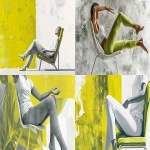



](https://images.ai-img.art/thumbnails/150/fd852e87169bf2f63982b31f7f16a8fa335d75d9536fd48c2b87c7d4b035fa7c.webp)



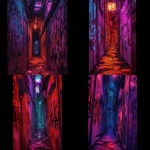

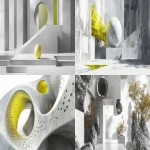
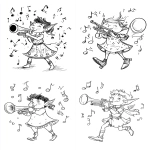

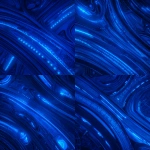
](https://images.ai-img.art/thumbnails/150/ed631f35091268316da1950d8f24949cf71c41220d75ddecc89232e1c28f3653.webp)



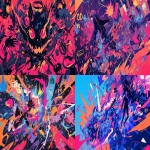
](https://images.ai-img.art/thumbnails/150/baf01e7f997f5bc030aa10831575d8b879a4a6755830df4bcd3dcc93346ef1dd.webp)







](https://images.ai-img.art/thumbnails/150/56d08b81b5991eca46f50c80b41db4e9ac06c775cbbf5138ea0734d93390316a.webp)


](https://images.ai-img.art/thumbnails/150/4dfe5499f7f4f9e5aa1613199c58710634f2cba5f57ac7e6717c1d56a9864e1a.webp)
](https://images.ai-img.art/thumbnails/150/e407417f3921a9491278afc6484ec26f3ae374d4543e1a56898e8bcb1e41a0da.webp)



